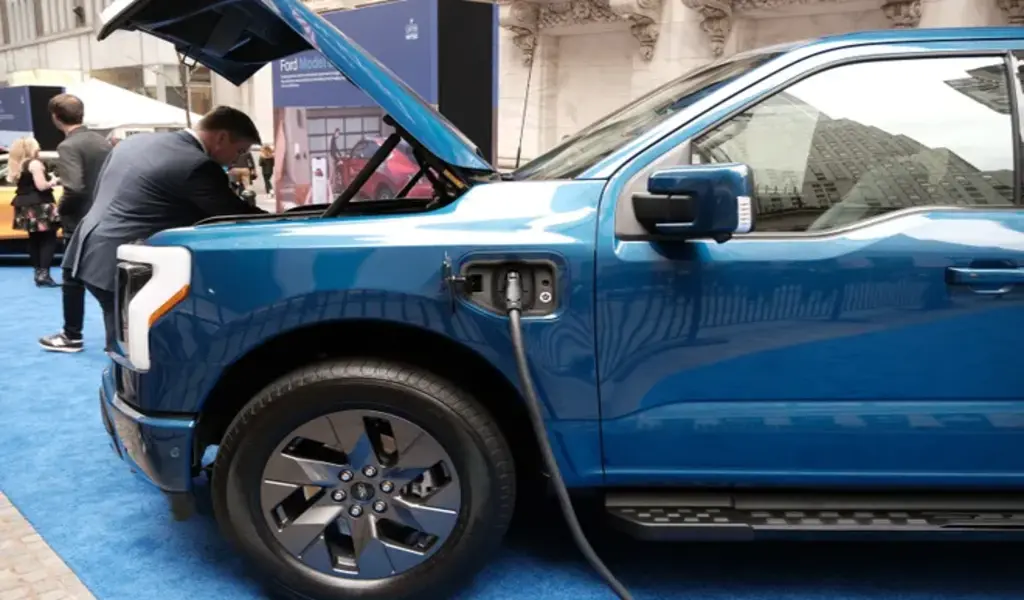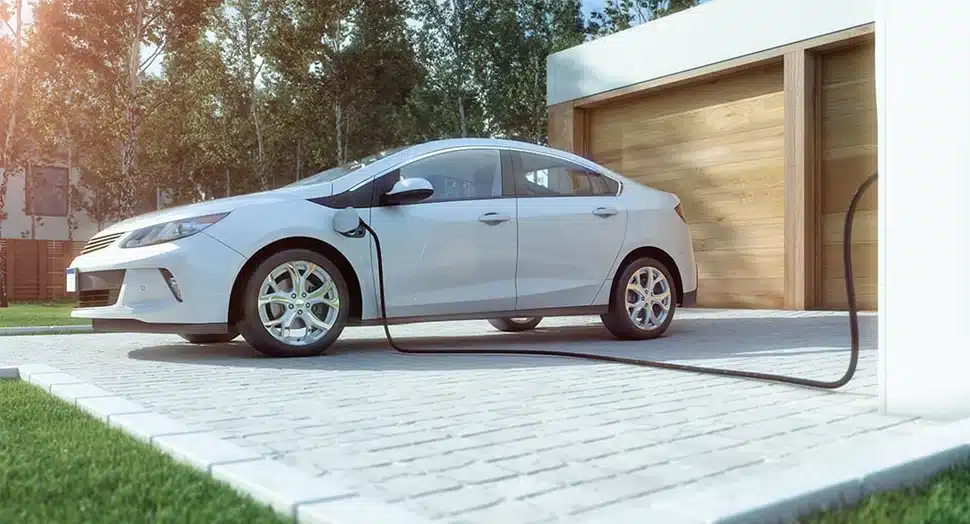How To
How to make your EV battery last through the Polar Vortex

(VORNews) – The Columbus area will experience freezing temperatures and possibly sub-zero wind chills due to a polar vortex. Traditionally, we are told to warm up our cars, or worse, we wake up wondering if the battery is dead on an icy morning. What about cars that run solely on EV batteries?
More and more drivers are choosing electric vehicles to save on gasoline and reduce pollution, but they can pose some unique challenges in cold weather due to faster draining and more frequent charging.
If you’re thinking about making your next car an electric one, you should consider this.

Does cold weather affect EVs?
All automobile batteries have trouble in cold weather, not only EVs.
Their charge time is greater, and their drain time is shorter. Gas-powered and hybrid vehicles lessen some of these issues because they charge the battery while the engine is running. Electric vehicles’ range is reduced as the weather becomes cold, meaning they can’t go as far between charges.
According to Recurrent Auto, electric vehicles might see a 30% decrease in battery range once temperatures dip below freezing. This is due, in part, to the fact that cold temperatures allow the chemical and physical interactions that produce electricity within a battery to occur more slowly.
The energy needed to heat the interior of an electric car to keep the driver and passengers warm also causes the batteries to deplete quickly. Pumping the “waste heat” (heat) that the engine naturally produces into the cabin is an easy way to warm up passengers in a gas-powered vehicle.
This method requires neither the engine nor the batteries to work any harder. However, electric cars can only rely on battery power to heat the interior, as they do not have an internal combustion engine.
How can I resolve this issue?
You can warm up your electric vehicle while it’s plugged in, though it doesn’t help in a hurry.
Warming up the car for 5–10 minutes is an effective solution. As a result, you don’t have to sit shivering in a cold car, and you’ll also be able to take longer trips and save battery power since you’ll only need to use the heater to keep the cabin warm. In this regard, Progressive suggests using heated seats and/or a heated steering wheel to save energy.
Is it still recommended to warm up a gas-powered car?
The days of starting your truck and letting it idle while you eat breakfast are long gone.
The American Automobile Association and most experts recommend that you only let your car warm up for as long as it takes you to buckle your seatbelt. Ten seconds is all it takes.
Idling for more than ten seconds is a waste of fuel and a source of needless carbon emissions; driving the vehicle will quickly bring the engine up to operating temperature.
Before getting behind the wheel, you should only do it in vehicles that are either electric or hybrid, or that are old enough to contain a carburetor—which were made obsolete in the late 80s.
Do not, under any circumstances, attempt to warm up a gas-powered vehicle in a garage. Carbon monoxide gas, which can be fatal if trapped in the garage, can cause poisoning or even death.
Trending Topics:
YouTube Health Channel Provides Access to Videos on First Aid and Emergency Care






























